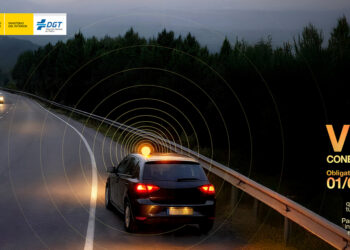Autonomous driving seems to be Tesla’s big bet for the coming years, and Elon Musk has already announced plans to start production of the Cybercab, Tesla’s robotaxi, before 2027, with the model expected to begin operating in the U.S. before the end of the decade.

Unveiled in September, the Cybercab drew attention for its design, which is different from all other Tesla models, notably lacking a rear window, a feature also seen in the Polestar 4.
The explanation for this unique design and the absence of a rear window came from Tesla’s design director, Franz von Holzhausen, during an interview at the Petersen Automotive Museum in Los Angeles, where the Cybercab is currently on display. He explained that passengers in an autonomous vehicle do not need to see what is happening behind the vehicle and that, in addition, the space allocated for luggage is larger without the inclusion of a rear window.

Another feature of the Cybercab is the use of butterfly doors, which fold upwards from the base of the A-pillar, a feature never seen in any other Tesla model. According to Von Holzhausen, this design makes passengers “feel like they are entering the future.”
Inside, the highlight of the Cybercab is the absence of a steering wheel and pedals, and as expected, the interior is minimalist, equipped only with two seats. Additionally, there is a centrally located infotainment screen of generous size that promises to keep passengers entertained during trips.









